Climate change is one of the biggest challenges of our time, and its impact on the planet is becoming increasingly clear. Rising temperatures, melting ice caps, and extreme weather events are just a few of the signs that the world is changing. But how can we convey the urgency of this crisis and inspire action? One answer is through the power of photography. By capturing the effects of climate change through their lenses, photographers can bring attention to environmental issues in a way that is both compelling and informative. In this blog post, we’ll explore the importance of raising awareness through photography and how it can help us better understand and address the impact of climate change.
Documenting The Effects Of Climate Change
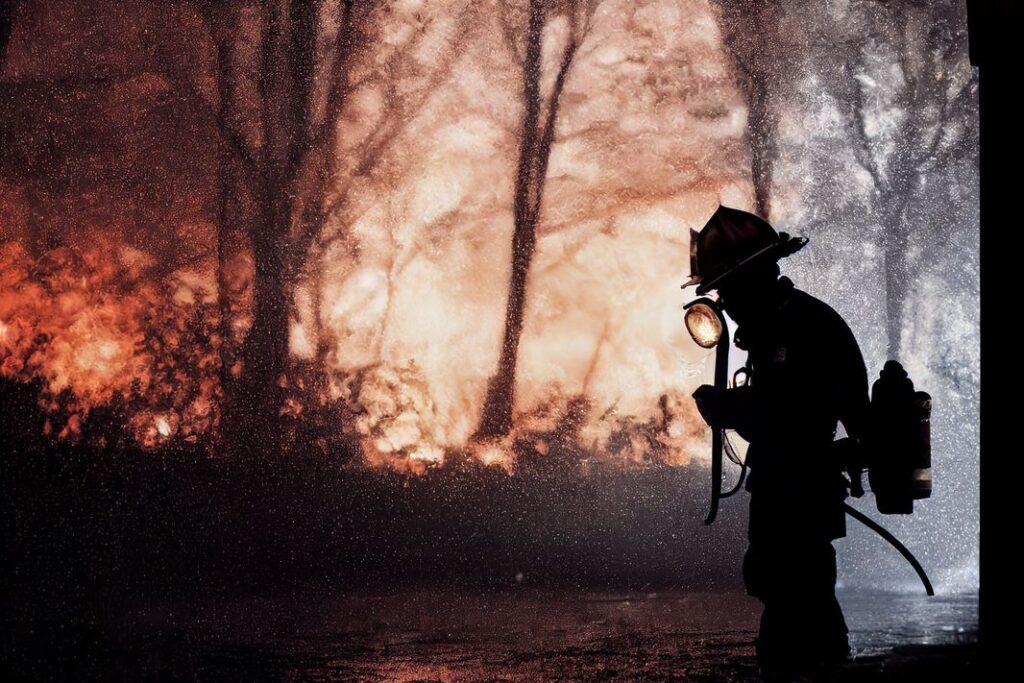
Photography is a powerful tool for documenting the effects of climate change, because it allows us to see the impact of environmental issues in a way that is immediate and visceral. Through images, we can capture the beauty of our planet as well as the devastation caused by human activity. Photographers can use their skills to capture the effects of climate change in a variety of ways, such as photographing the retreating glaciers, the loss of wildlife habitat, or the destruction caused by natural disasters. By capturing these changes over time, photographers can create a visual record of the effects of climate change that is both compelling and informative. These images can help to raise awareness of the issues, inspire action, and ultimately create change.
Here are some examples of key environmental issues that can be documented through photography:
i) Rising sea levels: With the increasing temperature of the planet, the polar ice caps are melting, which is causing sea levels to rise. Photographers can document this by capturing images of coastal areas that are slowly being submerged or by showing the effects of high tides and storm surges.
ii) Deforestation: Deforestation is a major environmental issue that contributes to climate change. By taking pictures of cleared forests or logging sites, photographers can highlight the impact of human activity on the environment.

iii) Melting glaciers: The melting of glaciers is a powerful symbol of the effects of climate change. Photographers can document this by capturing images of the retreating glaciers or by showing the dramatic changes in the landscape caused by the loss of ice. They can also compare recent drone footage with map or satellite imagery from a couple of decades ago, to show how the landscape is changing.
iv) Wildfires: Wildfires have become more frequent and intense due to climate change. Photographers can capture the destructive force of these fires and their impact on the environment, as well as the heroic efforts of firefighters to contain them.
By documenting these and other environmental issues through photography, we can better understand the impact of climate change on the planet and work to find solutions to address them.
Telling The Story Through Images
There are five major techniques for creating impactful images that tell a story:
Composition: The arrangement of elements in the frame can help to convey the message and mood of the photograph. By carefully choosing the placement of objects and people, photographers can create a narrative and direct the viewer’s attention to the most important parts of the image.
Lighting: Lighting can create drama and mood in a photograph. By using natural light or manipulating artificial light, photographers can highlight certain aspects of the image and create a contrast to make the subject stand out.
Color: Color can be used to create mood, convey emotion, and emphasize certain elements of the photograph. Photographers can use color theory to create contrast, balance, and harmony in the image.
Timing: Capturing the right moment can be crucial in telling a story through photography. By anticipating a moment or being patient, photographers can capture a decisive moment that tells a story and evokes emotion.
Perspective: The perspective from which a photograph is taken can also help to tell a story. By choosing a high or low angle, or by getting close to the subject or backing away, photographers can create a sense of depth and dimension in the image and provide context to the story.
By using these and other techniques, photographers can create images that are not only visually stunning but also tell a compelling story about the effects of climate change.
Photographers Capturing Climate Change Through Their Work
- James Balog: Balog’s “Chasing Ice” project documented the melting of glaciers through time-lapse photography. One of his iconic images is the photograph of the Ilulissat Glacier in Greenland taken in 2008 and 2013, which shows the significant retreat of the glacier in just five years.


- Daniel Beltrá: Beltrá’s aerial photographs of the Amazon rainforest showcase the destruction caused by deforestation. His photograph “Oil Spill #13” shows the devastation caused by the Deepwater Horizon oil spill in the Gulf of Mexico.
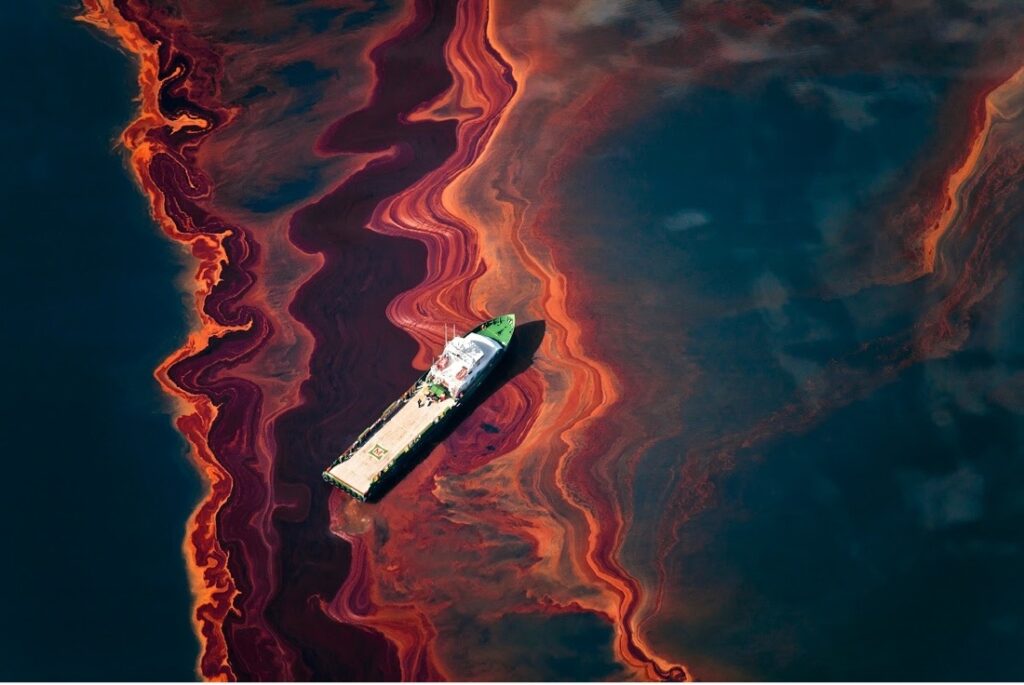
- Camille Seaman: Seaman’s photographs of polar icebergs capture the beauty and fragility of these natural wonders. Her photograph “Melting Away” shows an iceberg in the process of breaking apart, which symbolizes the impact of climate change on the polar regions.
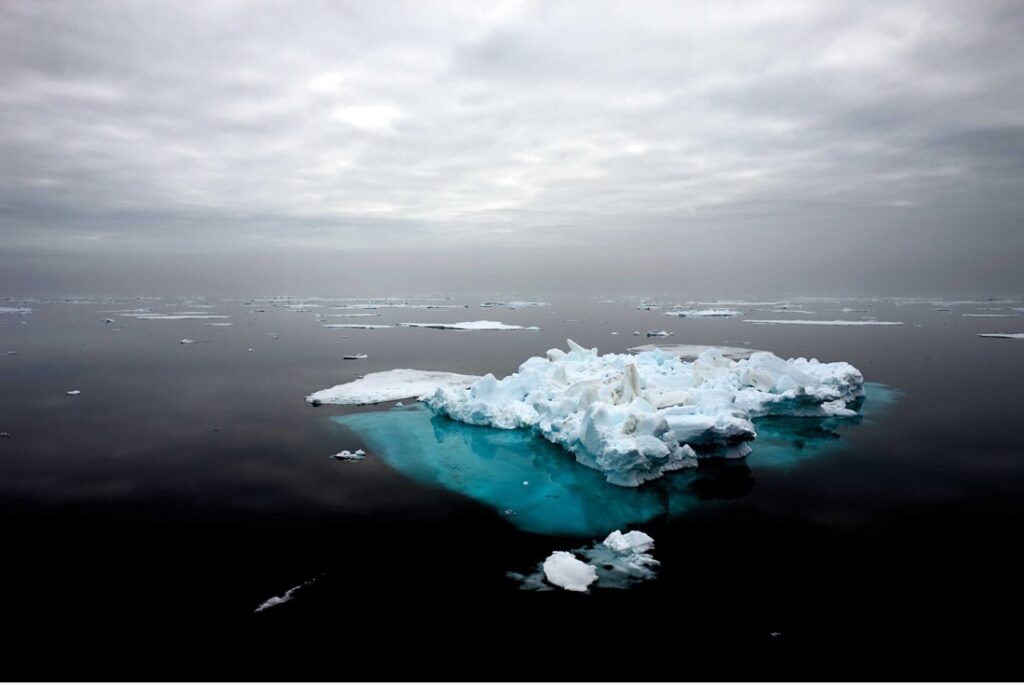
- Paolo Pellegrin: Pellegrin’s series “Arctic Chronicles” documents the impact of climate change on the Arctic region. His photograph “Rasmussen Glacier, Greenland” shows the dramatic retreat of the glacier and the resulting change in the landscape.
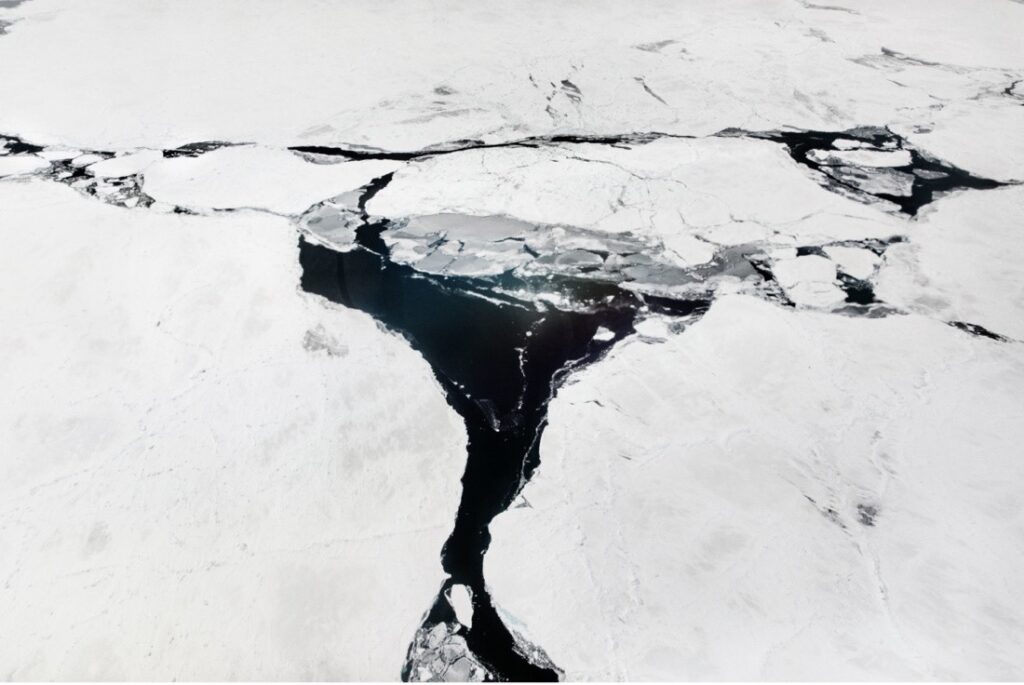
- Ashley Cooper: Cooper’s project “Images From a Warming Planet” captures the impact of climate change on different parts of the world. His photograph “Ganges Delta, India” shows the vulnerability of coastal communities to rising sea levels.

- Edward Burtynsky: Burtynsky’s photographs of industrial landscapes highlight the impact of human activity on the environment. His photograph “Tailings #9, Sudbury, Ontario” shows the toxic waste left behind by mining operations and the resulting impact on the land.
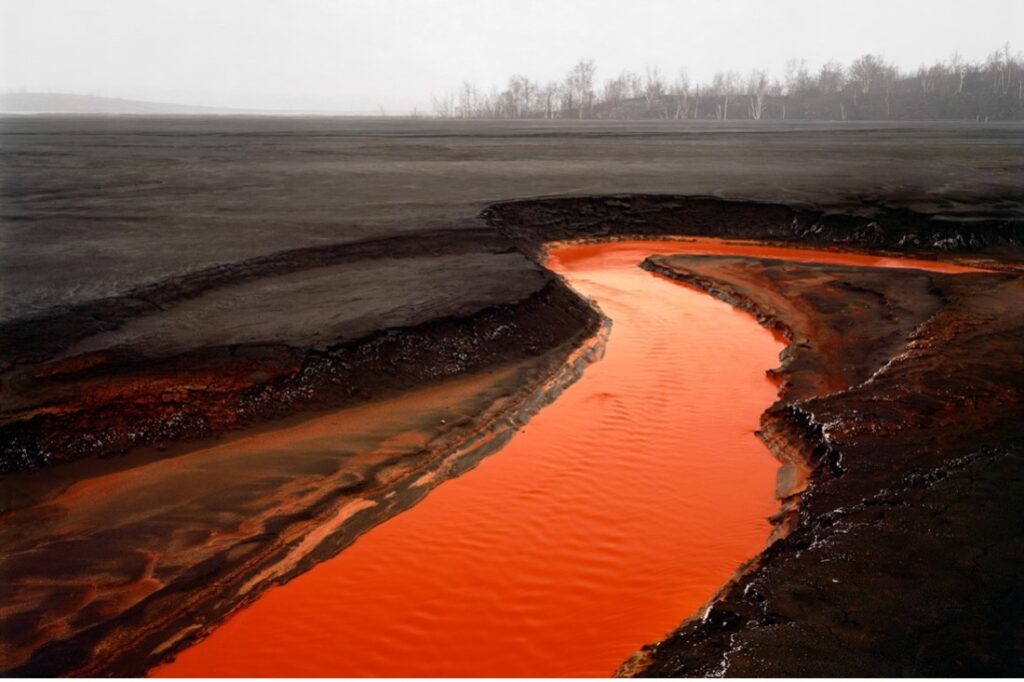
These photographers and their photographs demonstrate the power of photography to capture the effects of climate change and bring attention to the urgent need for action.
The Role Of Photography In Raising Awareness
Visual communication has a powerful impact on public opinion and policy, and photography can be an effective tool in raising awareness about climate change. Through their work, photographers can capture the effects of climate change and communicate these impacts to a wider audience, inspiring people to take action.
Photographs can elicit strong emotions and convey complex messages quickly and effectively. They can create a sense of urgency and prompt viewers to take action, whether by making personal changes to reduce their carbon footprint or by advocating for policy changes and supporting climate action organizations.
One successful example of a photography campaign that raised awareness about climate change is the “100 Places to Remember Before They Disappear” project by the United Nations Framework Convention on Climate Change (UNFCCC). The project featured photographs of 100 iconic locations around the world that are at risk of being lost due to climate change. The images were displayed in public spaces and shared widely on social media, bringing attention to the urgent need to take action to address climate change.

Photograph: Sakis Papadopoulos, Courtesy – The Guardian
An even more successful campaign is former US Vice President Al Gore’s “The Climate Reality Project.” The project uses powerful images and stories to raise awareness about the impacts of climate change and encourage people to take action. Through his work, Gore has been able to bring attention to the issue of climate change and help to shape public opinion and policy.
Wrapping Up
In conclusion, photography is an essential tool for documenting and raising awareness about the effects of climate change. Through their work, photographers can capture the impact of rising sea levels, deforestation, melting glaciers, and wildfires, among other environmental issues. Their images can tell powerful stories, evoke strong emotions, and inspire action to address the urgent need to address climate change.

J.Carl Ganter, Courtesy – Circle Of Blue
Photographers can use their skills and creativity to make a difference by documenting the effects of climate change, creating impactful images that tell a story, and raising awareness about the need for action. By using their work to communicate the urgency of the climate crisis, photographers can help shape public opinion and inspire changes in policy and behavior.
Therefore, it is a call to action for all photographers to use their talents and platforms to make a difference. They can collaborate with organizations, media outlets, and social media platforms to reach a wider audience and share their message. By joining together, photographers can create a powerful movement that drives real change in the fight against climate change.









